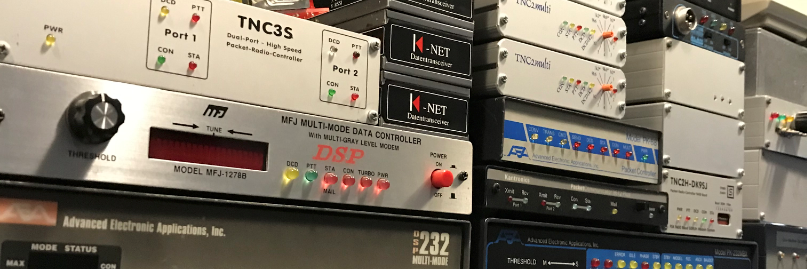It is possible with (X)net to display the port statistics in a bar chart.
This way you get a nice overview per port. In the file postat.zip the cgi script is what you need to get the statistics from the file * .sta. There is also a postat.txt in which “what” explains how it should and works. I found it fairly unclear, but that can also be my knowledge of the German language 🙂
Here the necessary file…postat.zip
apt-get install libgd2-xpm-dev “You really need this one”
GD is an open source code library for the dynamic creation of images by programmers. GD is written in C, and “wrappers” are available for Perl, PHP and other languages. GD creates PNG, JPEG, GIF, WebP, XPM, BMP images, among other formats. GD is commonly used to generate charts, graphics, thumbnails, and most anything else, on the fly.
There are two different ways to achieve this.
The first option described below I use for my port statistics.
In IP.NET the rstatd deamon is started with the IP address of your web server
start rstatd 192.168.1.112 #ip-adres webserver
In the start of (X) Net, I have included the following line. The rstatrxd refers to the directory of your web server in this case /var/www/cgi-bin/postat/
./rstatrxd /var/www/cgi-bin/postat/ &
I use the following to get the statistics from the file pi1lap.sta.
Here I get the data from port 0 with an interval of 10 from the file.
/cgi-bin/postat.cgi?df=pi1lap.sta&port=0&interval=10&cfg=0&l2con=2
The cfg = 0 indicates the size of the bar chart. Give it a try. Option 1 and 2 are also possible. l2con = 1 or 2
Here below with an interval of 60 minutes and 720 minutes.
/cgi-bin/postat.cgi?df=pi1lap.sta&port=0&interval=60&cfg=0&l2con=2
/cgi-bin/postat.cgi?df=pi1lap.sta&port=0&interval=720&cfg=0&l2con=2
Example :

Option 2 actually works the same way. Only a simlink is placed from the file min.sta to the web server directory.
In IP.NET
#### Start statd
start statd
start statd 60 min.sta
start statd 3600 hour.sta
start statd 86400 day.sta
ln -s /usr/local/xnet/min.sta /var/www/cgi-bin/postat/min.sta
ln -s /usr/local/xnet/hour.sta /var/www/cgi-bin/postat/hour.sta
ln -s /usr/local/xnet/day.sta /var/www/cgi-bin/postat/day.sta
ln -s /usr/local/xnet/port.sta /var/www/cgi-bin/postat/port.sta
/cgi-bin/postat.cgi?df=port.sta&port=-1&l2con=1 # Status of all ports
/cgi-bin/postat.cgi?df=min.sta&port=3&l2con=1 # Status of port 3 in 10 minutes
/cgi-bin/postat.cgi?df=hour.sta&port=3&l2con=1 # Status of port 3 in 1 hour
/cgi-bin/postat.cgi?df=day.sta&port=3&l2con=1 # Status of port 3 in 1 day
min.sta is the status for 10 minutes
hour.sta is the status for 1 hour
day.sta is the status for 24 hours
port.sta is the complete status?
This could also suffice with just a simlink to the post.sta and then requesting the status with interval = 10 (60,720).

